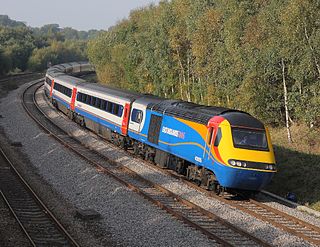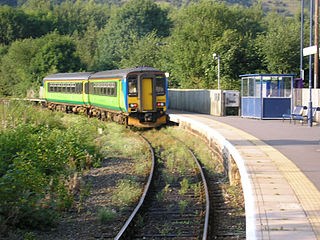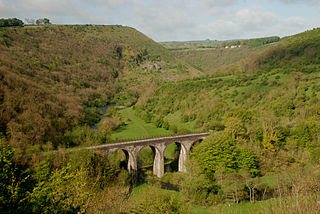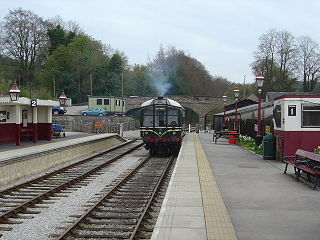- Samuel Jennings ca. 1851 ca. 1860 [3] ca. 1867
- J. Skinner until 1877
- George E. Aldred 1877 - 1879 (formerly station master at Denby)
- Frederick Perry 1879 - 1908 [4]
- William Cope 1909 - 1922 (formerly station master at Spondon, afterwards station master at Ashby de la Zouch)
- W. Clements 1922 - 1924 (afterwards station master at Apperley Bridge)
- J.G. Goss 1924 - 1931 [5] (formerly station master at Bamford)
- J. Townson 1931 [6] - 1933 (formerly station master at Great Longstone)
- J.W. Walker 1933 - ca. 1944
- George Henry Hill ca. 1955
Duffield station as it was
- Duffield Station approaching down Station Approach.
- Duffield Station booking office with accommodation crossing gate
- Duffield Station Platform One waiting room with W.H.Smith bookstall behind
- Duffield Station view south from accommodation footbridge
- Duffield Station luggage shed by entrance gate
- Duffield Station waiting room on platform two.
- Duffield Station island platform rear view
- Duffield Station waiting room on Wirksworth platform
- Duffield Station accommodation bridge to field behind station
- Duffield Station bridge detail
Services

National Rail
National Rail services at Duffield are operated by East Midlands Railway using Class 170 DMUs.
The typical off-peak service is one train per hour in each direction between Matlock and Nottingham via Derby. [7]
On Sundays, the station is served by one train every two hours in each direction in the morning, increasing to hourly in the afternoon.
Ecclesbourne Valley Railway
The Ecclesbourne Valley Railway runs from Duffield station Platform 3 to Ravenstor via Hazelwood, Shottle, Idridgehay and Wirksworth [8] along the route of the old Midland Railway branch which closed to passengers in 1947 and goods in 1989.
This link was re-opened to passengers in April 2011, allowing heritage services from Wirksworth to connect with the Midland Main Line. Through ticketing is available from all main line stations. [9]
 Duffield railway station looking south in 2009 | |
| General information | |
| Location | Duffield, Borough of Amber Valley England |
| Grid reference | SK345435 |
| Managed by | East Midlands Railway |
| Platforms | 3 (2 National Rail) (1 Ecclesbourne Valley Railway) |
| Other information | |
| Station code | DFI |
| Classification | DfT category F2 |
| History | |
| Original company | North Midland Railway |
| Pre-grouping | Midland Railway |
| Post-grouping | London, Midland and Scottish Railway |
| Key dates | |
| 1841 | opened |
| 1867 | moved to junction with Wirksworth branch |
| Passengers | |
| 2018/19 | |
| Preceding station | | Following station | ||
|---|---|---|---|---|
| Derby | East Midlands Railway | Belper | ||
| Historical railways | ||||
| Terminus | Midland Railway | Line open, station closed | ||
| | ||||
| Terminus | Ecclesbourne Valley Railway | Shottle | ||




























